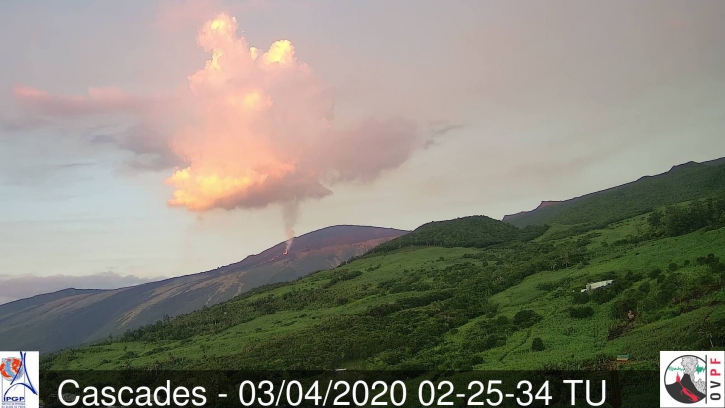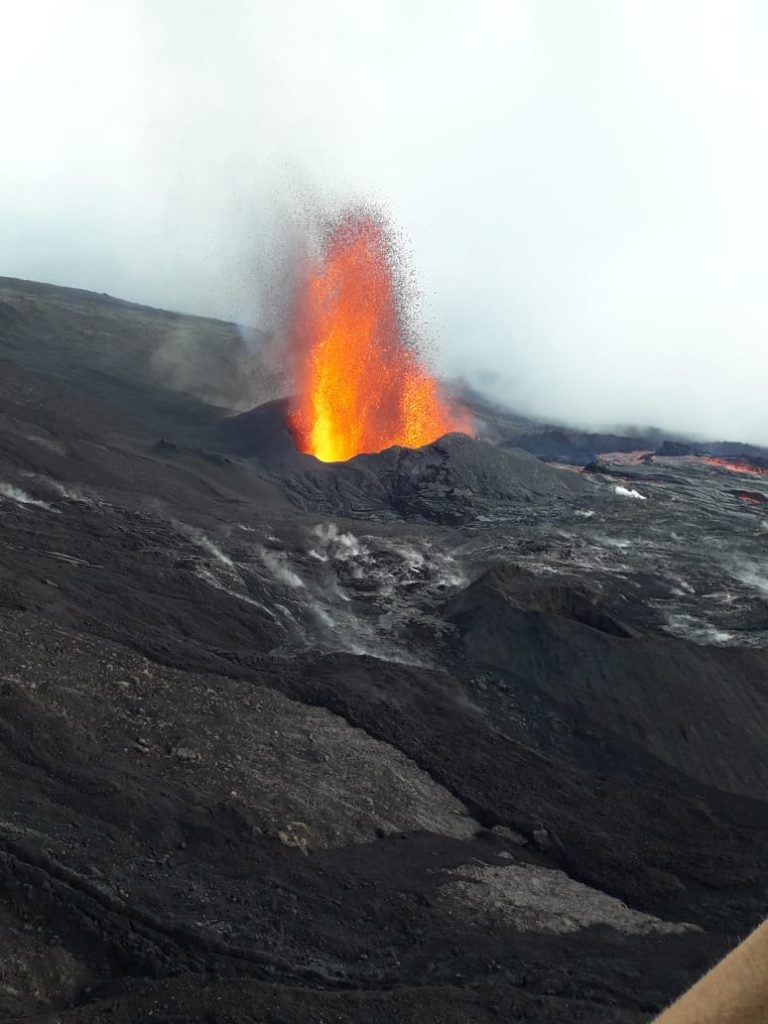Eruption and containment at the Piton de la Fournaise volcanological observatory
Following the second eruption of the year at Piton de la Fournaise, which began on April 2 and now appears to be over, Aline Peltier, Director of the IPGP's OVPF, looks back at the monitoring of an eruption in times of confinement.

Publication date: 07/04/2020
General public, Observatories, Press
Related observatories : Volcanological Observatory of Piton de la Fournaise (OVPF-IPGP)
Related themes : Natural Hazards










